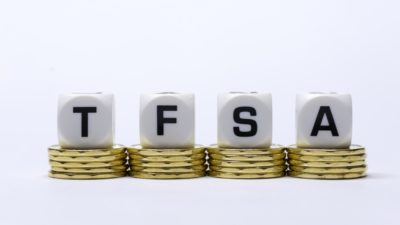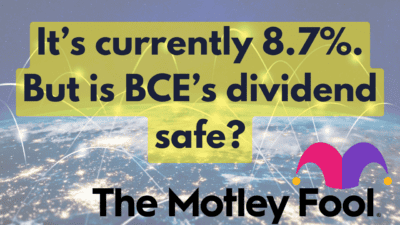At this point, the problems surrounding Bombardier Inc. (TSX:BBD.B) are well known.
The biggest issue is the debacle from the company’s sexy new growth project, the CSeries regional jet program. After first promising customers the new jets would start to be delivered in the latter part of 2014, the company has now delayed deliveries twice, pushing them back until at least 2016. These delays, combined with all sorts of cost overruns and other issues, have led to the company firing top managers and reorganizing the entire operation.
Because so much money has been spent on the program, investors are starting to worry that Bombardier is close to bankruptcy. Shares have really been falling lately, going from $2.30 on July 2 to just $1.66 as I write this, a decline of nearly 30% in just three weeks. It’s obvious investors aren’t bullish on the future for the maker of trains and planes.
Are investors on to something, or is the risk of bankruptcy overstated? Let’s take a closer look.
A recently upgraded balance sheet
It was just a few months ago that Bombardier came to the market to raise billions in new debt and share offerings.
After terrible fourth quarter results, Bombardier’s management knew the company needed more cash to be able to make it until the earnings from CSeries would start adding to the bottom line. So it raised $1.1 billion by selling nearly 500 million shares at $2.21 each, as well as issuing an additional US$2.25 billion in new debt.
The company was already sitting on more than $3 billion in cash before it raised the additional capital. But even though it raised more than $3 billion more, Bombardier revealed that it only had $5.3 billion in cash at the end of the first quarter. This means that the company burned approximately $800 million in cash just in that quarter alone, and putting it on pace to burn more than $3 billion through 2015.
That’s not good, obviously. At current burn rates, that would mean the company would run out of money sometime in mid-to-late 2016.
There’s still hope
Still, just because Bombardier spent $800 million in one quarter doesn’t make it a candidate for bankruptcy.
Firstly, investors need to use caution when looking at just one quarter’s numbers. Perhaps the company spent aggressively during the quarter, as cash-strapped managers were finally happy to get their hands on some fresh capital. This next quarter might be better.
There’s also the upcoming partial IPO of the more steady part of Bombardier’s business, the transportation division. The company plans to retain approximately 80% ownership of the train business, while selling 20% to investors on the Frankfurt Stock Exchange. Nobody really knows how much this sale will raise, but I think a $10 billion valuation for the whole division isn’t out of line. That would put $2 billion into Bombardier’s pocket.
And finally, Bombardier has what every high-risk company can only dream of — a backer with almost bottomless pockets. The Quebec provincial government has strongly hinted that it’s ready to step in and give Bombardier a cash infusion if needed. There are too many voters in the province with links to the company for the provincial government to just let it go down.
There are plenty of reasons for investors to avoid Bombardier shares. The CSeries program has been a disaster, and both the regional jet and business jet sectors are looking somewhat weak. And the company will obviously be bleeding cash over the next few quarters.
But I’m not sure bankruptcy is in the cards, since there are still a few tricks up management’s sleeve. Equity investors are safe, at least for the time being.







